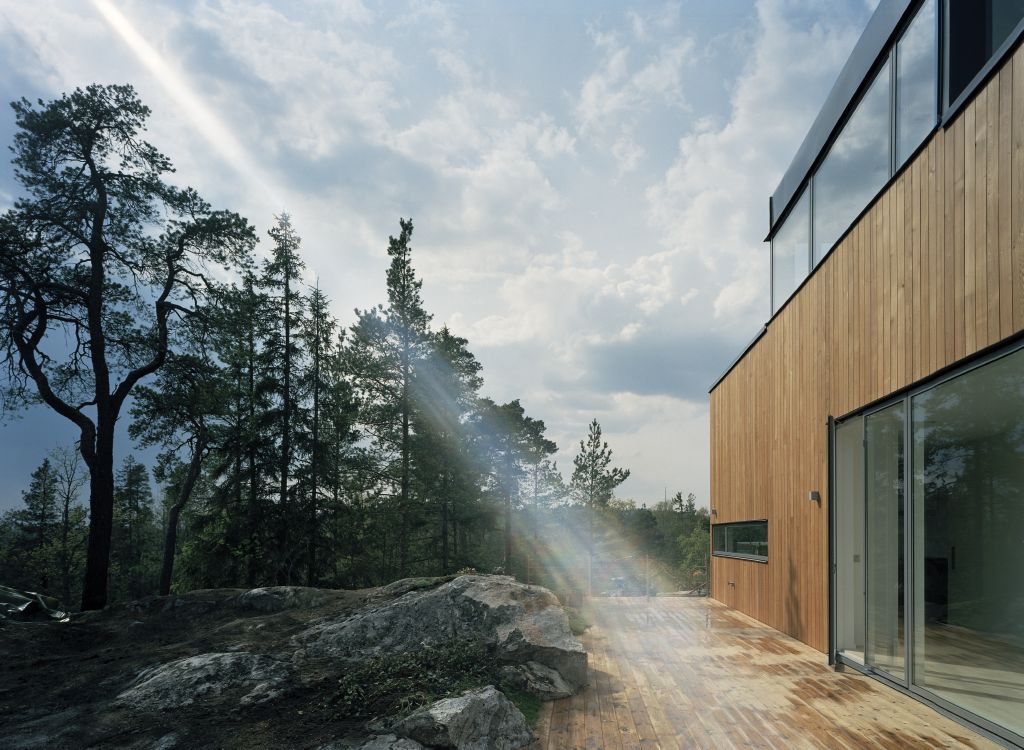A guide to choosing windows and doors that are good for your home and for the planet.
Climate change, the drive for ‘net zero’ carbon*, and the launch of the Future Homes Standard** - these are all reasons to specify building products designed to cause little or no damage to the environment throughout their entire life.
But what does sustainability mean when it comes to choosing windows? Here’s our guide to finding the most sustainable windows for your next project:
Manufacture
Look for suppliers who use responsible manufacturing processes to help minimise their carbon footprint at every stage. This could be by using precision cutting to minimise waste, recycling waste as much as possible, and by using ergonomic factory design to streamline production and save energy. Manufacturers should also have evidence of their sustainable approach, together with third party accreditations.
Materials
Windows with frames made from renewable or easily recyclable materials are more sustainable. Wood, for example, is a natural and renewable material and if the wood is also FSC certified then it has been sourced from sustainably managed forests. Most metals are also easily recycled and aluminium, in particular, can be re-used indefinitely. PVC (plastic) can also be recycled, but only for a limited number of times.
Finishes
Wood window frames must be treated, to protect against insect and weather damage, and then finished with either lacquer or paint. For greater sustainability choose a supplier which uses water-based treatments and finishes - the planet will thank you for reducing the use of agents which pollute our air, soil and water.
Energy performance
Energy conservation is a hallmark of sustainable window performance and is measured by the U-value - the amount of heat lost though the window - with triple glazing having some of the lowest U-values of all. When checking U-values make sure you look for the ‘whole unit’ value, not ‘glass only’, as glass is a better insulator than the frame. This means that slim framed windows - with a greater proportion of glass to frame - are more energy efficient and therefore more sustainable.
Long life
Windows made from poor quality materials will need to be repaired more often, and replaced more frequently, with a significant impact on ‘life time costs’ and therefore sustainability. Certain window frames, especially all-metal, composite (timber and metal) and aluminium clad designs, are virtually maintenance free for the lifetime of the installation.
End of life and recycling
A sustainable window should be easy to recycle - not just thrown into a skip. Just as happens to our household waste today, in order to be recycled windows and doors first need to be disassembled into their component parts, and most of these parts must be recyclable or re-usable
Evidence
You can check the sustainability claims of a window supplier by asking for evidence - for example:
- FSC certification - proof that any wood used comes from sustainable sources
- Relevant ISO accreditation - such as ISO 9001 (proof of good Quality Management), and ISO 14001 (validation of a company’s Environmental Management Systems)
- ‘Cradle to grave’ or life-cycle analysis - an assessment of environmental impacts over the lifetime of a window
CLICK HERE For info about VELFAC committment to the enviorment
* The term ‘net zero’ means achieving a balance between the carbon emitted into the atmosphere and the carbon removed from it. This balance – or net zero – will happen when the amount of carbon we add to the atmosphere is no more than the amount removed.
** From 2025, the Future Homes Standard will require CO2 emissions produced by new homes to be 75-80% lower than those built to current standards.
